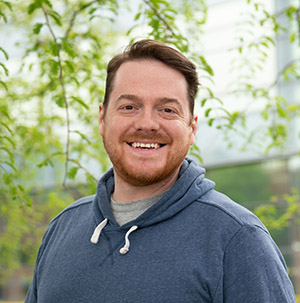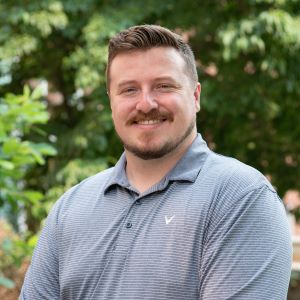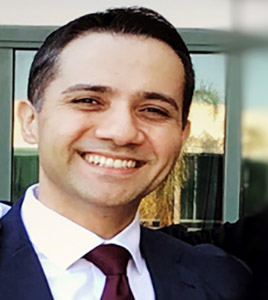Co-Directors
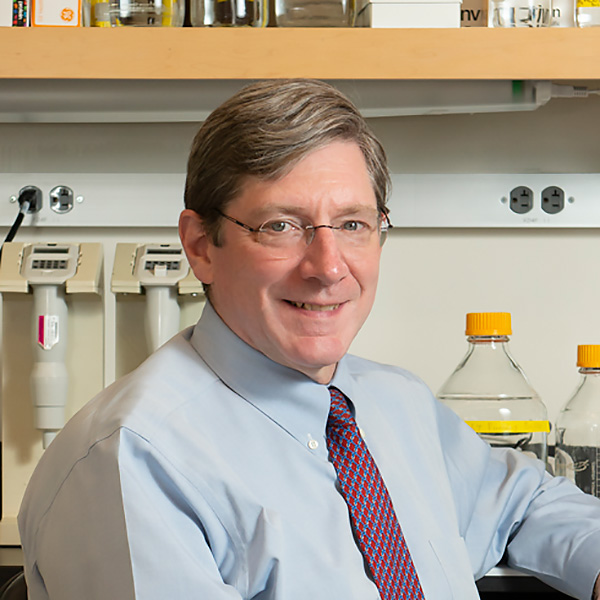

Scott Pomeroy, MD, PhD
Bronson Crothers Professor of Neurology, Harvard Medical School; Co-director, IDDRC.
The Pomeroy lab has shown that medulloblastomas, the most common malignant brain tumors in children, consist of multiple molecular subgroups each with unique gene expression and driver mutations (Cho et al., J Clin Oncol. 2011; Pugh et al. Nature 2012). A molecular classification based on these subgroups has been adopted by the WHO as the international standard. Recent work using integrative genomics, whole genome sequencing, proteomic and especially phosphoproteomic data has detected functional subtypes with driver signaling pathways that are not evident in the transcriptome (Archer et al. Cancer Cell 2018), identifying new targets for small molecule therapies.
Mustafa Sahin, MD, PhD
Neurologist-in-Chief, Chairman, Department of Neurology; Managing Director, Rosamund Stone Zander Professor of Neurology, Harvard Medical School; Co-director, IDDRC; Director, Clinical Translational Core IDDRC.
Dr. Sahin’s research is directed at understanding the cellular mechanisms underlying childhood neurogenetic disorders. He has predominantly focused on Tuberous Sclerosis Complex (TSC), a genetic disorder that presents often with epilepsy and autism. He is also involved in clinical and pre-clinical work through the Translational Neuroscience Center (TNC) at Boston Children’s Hospital for patients with PTEN Hamartoma Syndrome, Rett Syndrome, CDKL5 Deficiency Disorder, Tuberous Sclerosis Complex and Phelan-McDermid Syndrome.
Core Directors

Alan H. Beggs, PhD
Core Director, Genetics Analysis Group, Genetics Analysis and Editing Core
Sir Edwin and Lady Manton Professor of Pediatrics, Harvard Medical School; Director, The Manton Center for Orphan Disease Research.
Dr. Beggs’ research focuses on understanding the genetics and pathophysiology of congenital myopathies, a group of severe developmental disorders characterized by skeletal muscle weakness typically presenting at birth or soon thereafter. The Beggs Laboratory has been responsible for identification of numerous genes for nemaline, centronuclear and other forms of myopathy, has made contributions to our understanding of the diseases’ natural histories and pathophysiology, and has developed gene-replacement and other molecular approaches to therapies for these diseases. Through the Manton Center for Orphan Disease Research, these approaches are applied to a wide range of severe intellectual and developmental disorders of childhood.
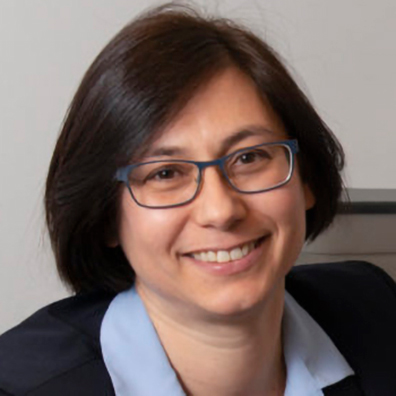
Michela Fagiolini, PhD
Co-Core Director, Animal Behavior and Physiology Core
Associate Professor of Neurology, Harvard Medical School
Our work focuses in understanding how the brain develops and adapts to the external environment in health and disorders. We study the mechanisms underlying fundamental processes and how they may be altered in autism related disorders, Rett Syndrome and CDKL5 disorder in particular. We aim to identify new target treatments by combining molecular techniques with electrophysiological, two-photon imaging and behavioral analysis of systems level phenomena in vivo and parallel with translational studies in patients.

Alex Rotenberg, MD, PhD
Co-Core Director, Animal Behavior and Physiology Core
Joseph J. Volpe Professor of Neurology, Harvard Medical School; Director of the Epilepsy Monitoring Unit (EMU), Division of Epilepsy and Clinical Neurophysiology; Director, Neuromodulation Program.
We work to identify biological targets which can stop or prevent seizures if manipulated by either brain stimulation or by novel drugs. We are also studying the molecular changes associated with TBI in rats, as well as testing novel approaches to prevent brain injury and seizures after TBI. In parallel, we have ongoing clinical projects aimed to further develop techniques for noninvasive brain stimulation, particularly TMS and tDCS, as diagnostic and therapeutic tools in child neurology.

Mustafa Sahin, MD, PhD
Core Director, Clinical Translational Core
See description above under Co-Director, IDDRC
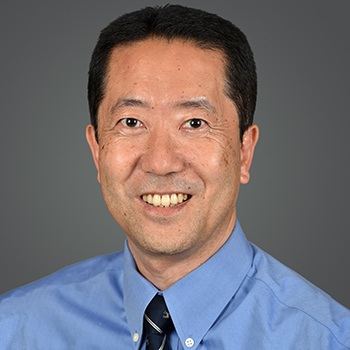
Hisashi Umemori, MD, PhD
Core Director, Cellular Imaging Core
Professor of Neuroloy, Harvard Medical School
In the brain, information processing occurs at synapses, and defects in synapse formation underlie many neurological and psychiatric diseases; thus, precise organization of synapses is critical for proper functioning of the brain. The Umemori lab is interested in the molecules and mechanisms by which specific and functional synaptic connections are established in the brain, and is applying the findings to the prevention and treatment of neurological/psychiatric disorders. We use molecular & cellular biological, mouse genetics, biochemical, histological, physiological, behavioral, and imaging techniques. Through our work, we aim to understand the principle of mammalian brain wiring and how the functional brain is built.
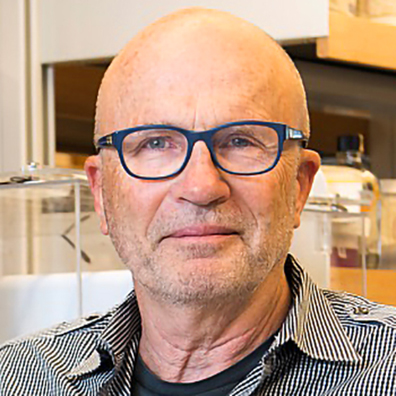
Clifford Woolf, MB, BCh, PhD
Core Director, Gene Editing Group, Genetics Analysis and Editing Core
Blackfan Diamond Chair in Neuroscience Research; Professor of Neurobiology and Neurology, Harvard Medical School; Director, F.M. Kirby Program in Neurobiology Center.
Dr. Woolf’s research group is devoted to investigating the way in which functional, chemical and structural plasticity of neurons contributes to adaptive and maladaptive function of the mammalian nervous system. The major efforts are devoted to the study of pain, the formation of neural circuits during development, and failure of regeneration of the adult CNS. This laboratory has established several functional and comparative genomic strategies using gain and loss of function approaches to screen for those genes involved in neuronal development, pain and regeneration. The group works closely with a wide number of academic groups and the pharmaceutical and biotechnology industry to identify and validate molecular targets for novel analgesics and axonal growth determinants. Training opportunities in this laboratory include molecular and cell biology, genetics, bioinformatics, synaptic electrophysiology, neuroanatomy, integrative systems biology and behavior.
Assistant Core Directors
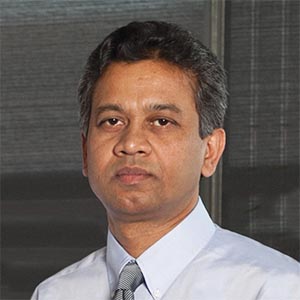
Mantu Bhaumik, PhD
Assistant Director, Gene Manipulation Group | Genetics Analysis and Editing Core
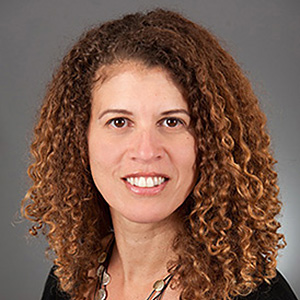
Stephanie Brewster, MS, CGC
Director, Clinical Research Operations | Clinical Translational Core
Director of Genetic Counseling, Rosamund Stone Zander Translational Neuroscience Center

Catherine Browstein, PhD
Assistant Director, Gene Analysis Group | Genetics Analysis and Editing Core

Elizabeth Buttermore, PhD
Assistant Director, Clinical Translational Core
Director, Human Neuron Unit | Clinical Translational Core


Kira Dies, ScM, CGC
Co-Director, Clinical Translational Core
Assistant Director, Biorepository Unit
Executive Director, Rosamund Stone Zander Translational Neuroscience Center


